If you want to attract birds to your yard you need three main attributes, food, shelter and water. For most song birds, a water source is essential for both drinking and bathing, and if you have a choice, running water is your best bet. Birds can’t resist moving water, as demonstrated by the Anna’s Hummingbirds (Calypte anna) in the video above.
It’s been almost ten years since we built a water feature off our back porch and we love it.
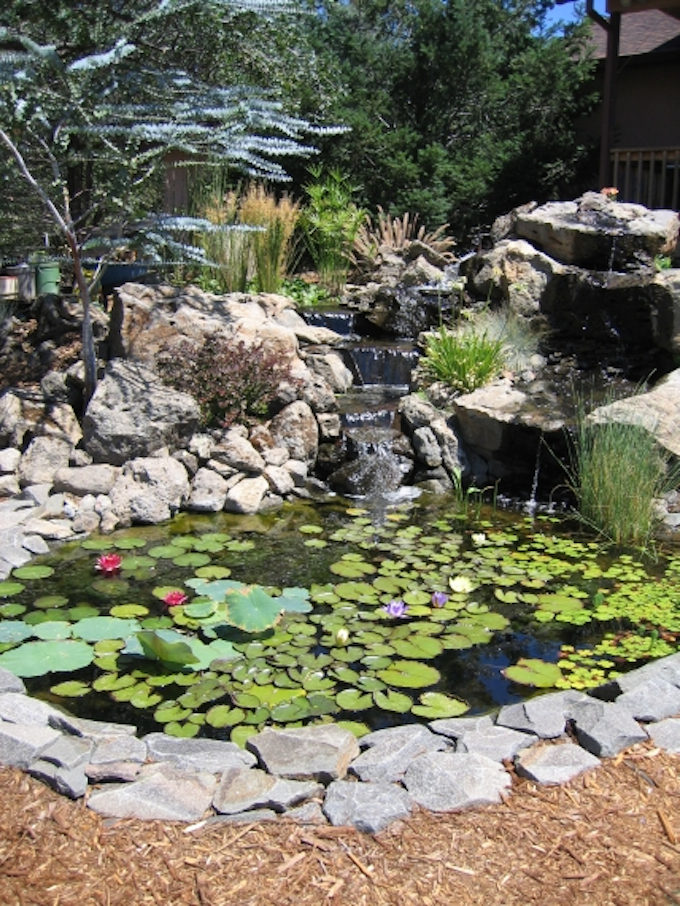
The sound of running water is not only soothing to the soul, it attracts all kinds of birds and other critters, especially if you live in an area that has few water sources available.
A water feature like this, with a pond, does require quite a bit of maintenance, especially if you add fish to the pond. There is an alternative however if you want to have all the benefits of the soothing sound of the water and the visual waterfall, without all the maintenance. It is called a pondless or vanishing waterfall. This is how it works.
Instead of a pond at the bottom of the waterfall, the water cascades down a short stream and dumps into a pondless basin where the water pump lives. It pumps the water though a hose back up to the top of your waterfall where the process starts all over again. The pump chamber and pump are covered with rock and the flowing water disappears into the rock.

The great thing about this flowing water system is that all you have to do is fill up the basin with water occasionally or include an automatic fill valve and you’re good to go!
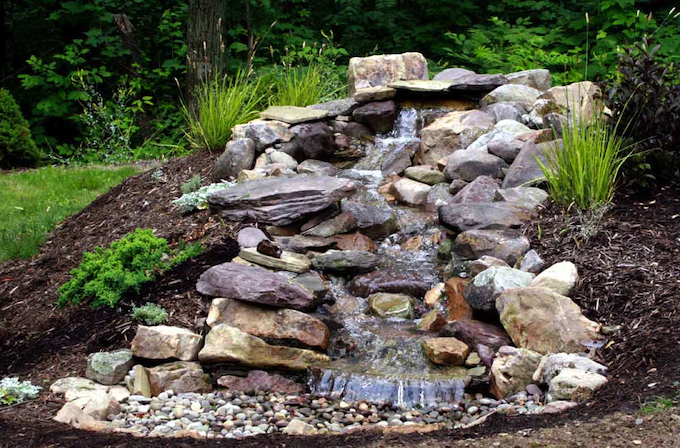
Even a water fountain that includes some splashing water will attract more birds than a simple bird bath, but a bird bath is better than nothing. To prevent smaller species of birds from drowning, make sure to place some rocks in bird baths and water fountains if they are too deep (over 2 inches).
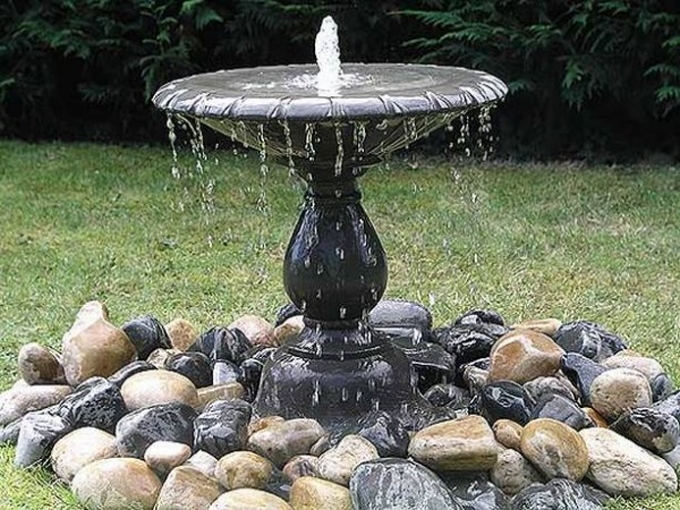
Here are some of the birds that have enjoyed our water feature over the years, starting with the
American Goldfinch (Spinus tristis)
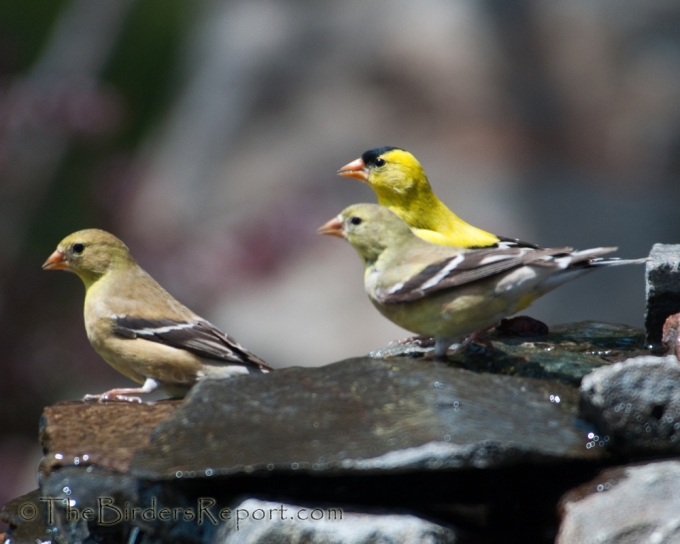
House Finch (Carpodacus mexicanus) Female
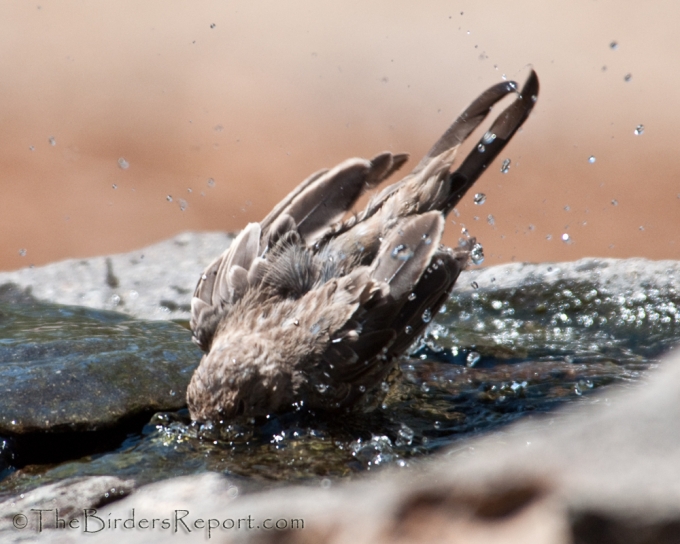
Nashville Warbler (Oreothlypis ruficapilla)
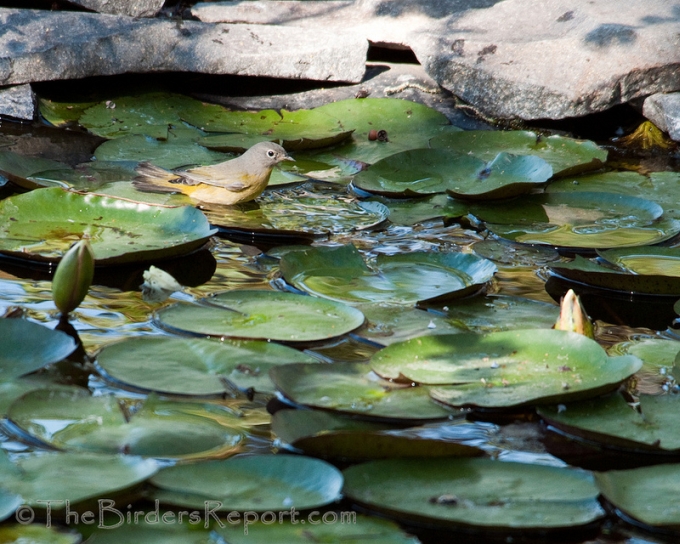
Pine Siskin (Spinus pinus)
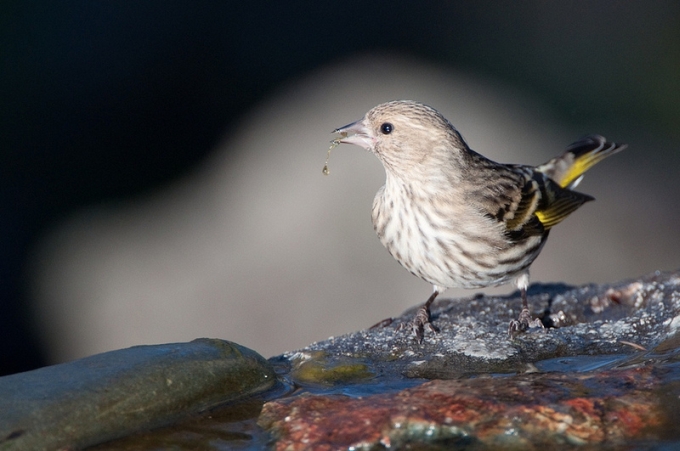
Western Scrub-Jay (Aphelocoma californica) Juvenile
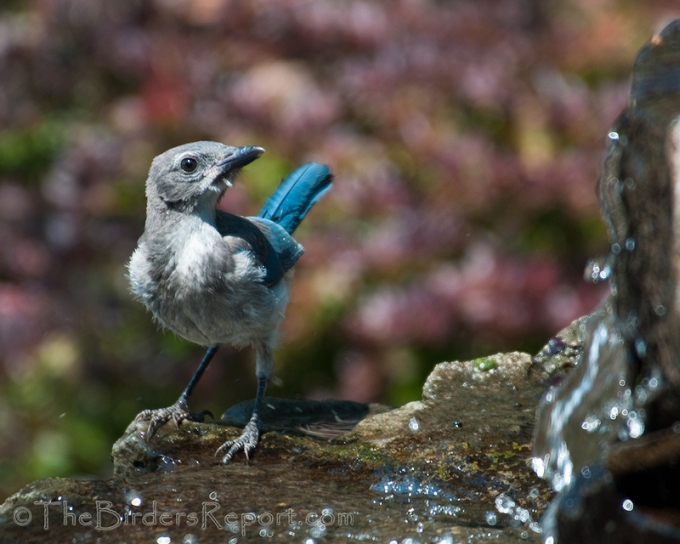
Mourning Dove (Zenaida macroura)
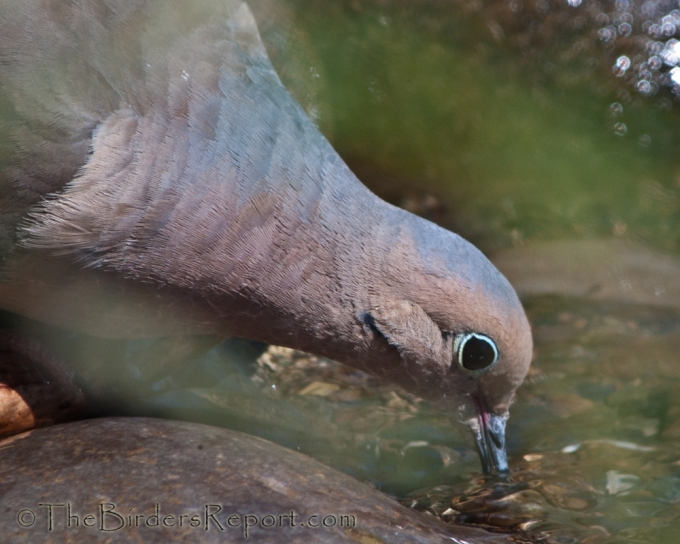
White-breasted Nuthatch (Sitta carolinensis)

Black-headed Grosbeak (Pheucticus melanocephalus) Juvenile
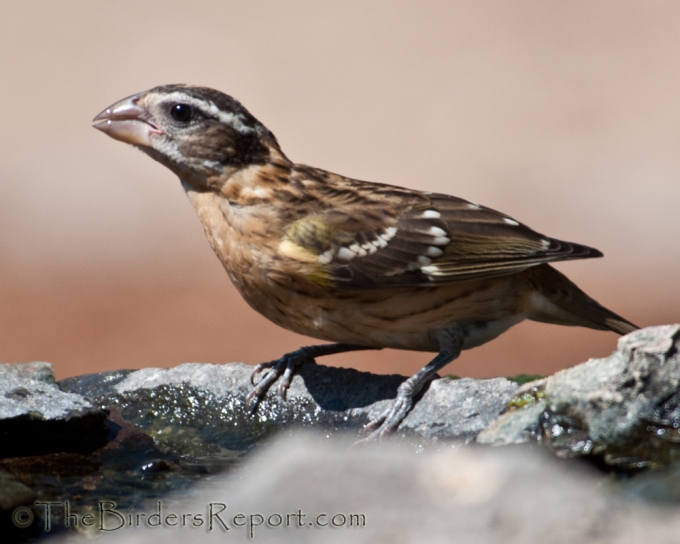
Cedar Waxwing (Bombycilla cedrorum)
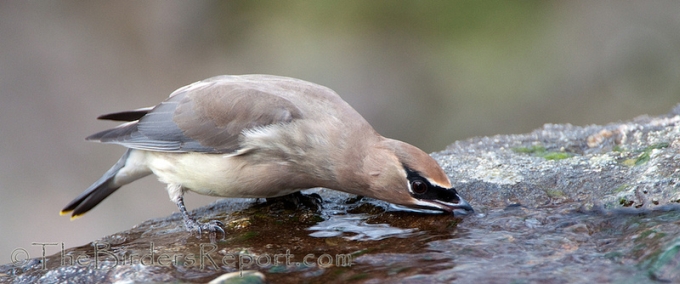
Evening Grosbeak (Coccothraustes vespertinus) Male
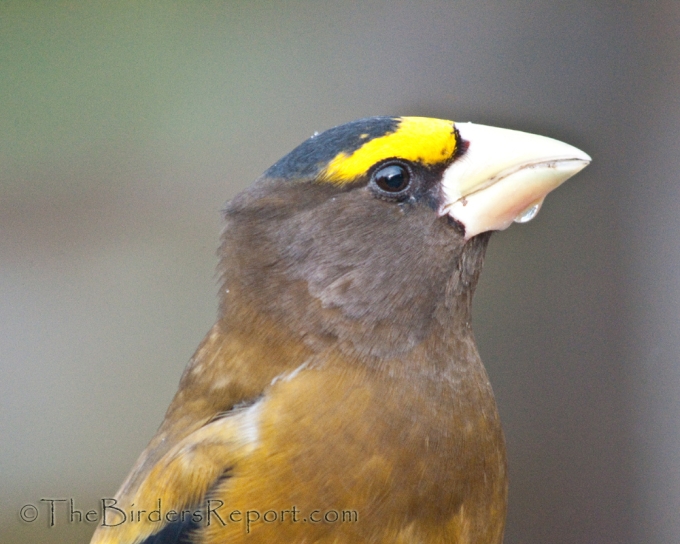
Ruby-crowned Kinglet (Regulus calendula)
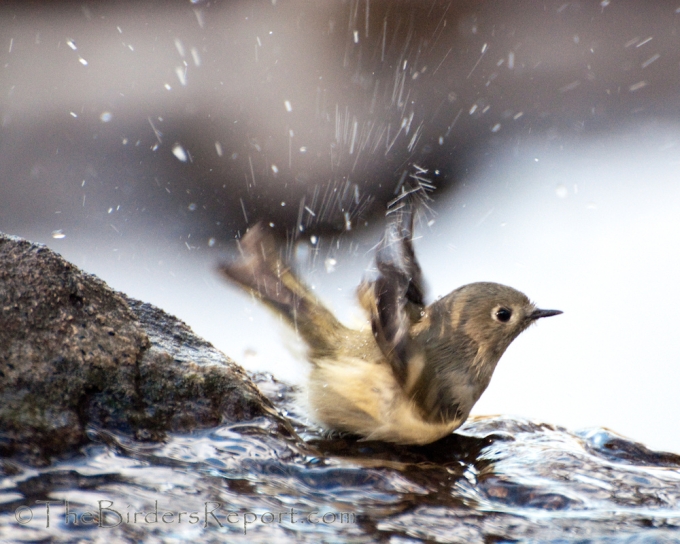
and one of my favorites, the Acorn Woodpecker (Melanerpes formicivorus) Juvenile Male
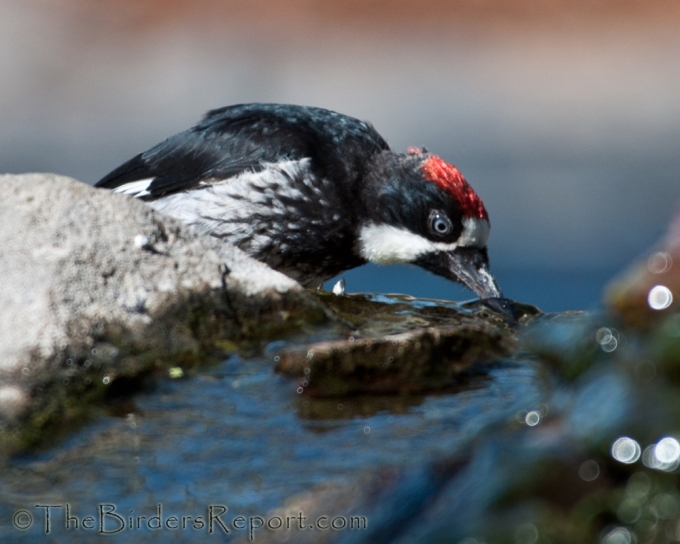
To see more great bird photos, check out Wild Bird Wednesday and The Bird D’pot!

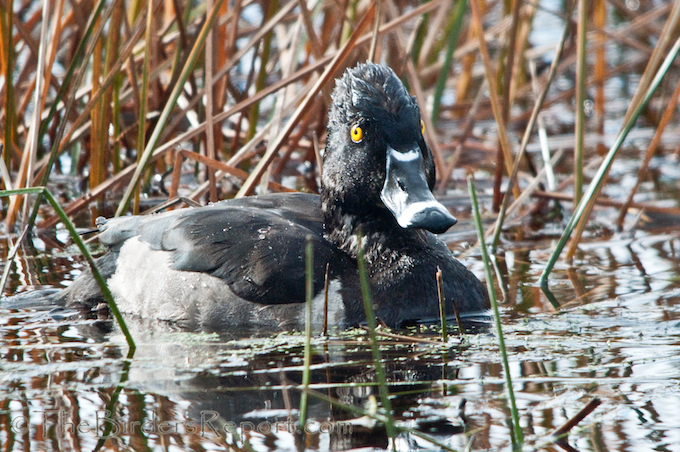
















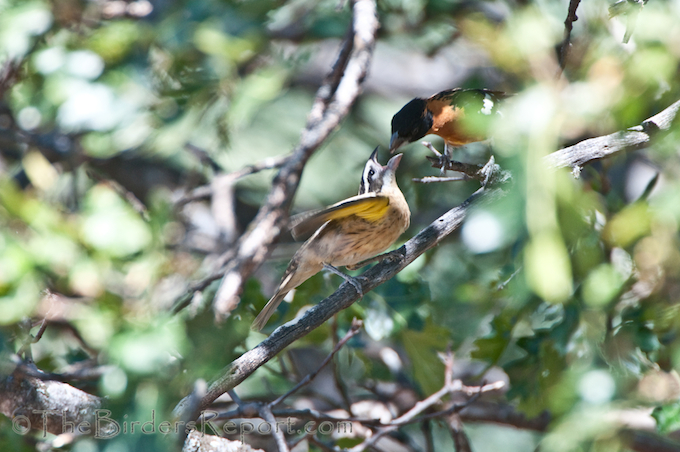
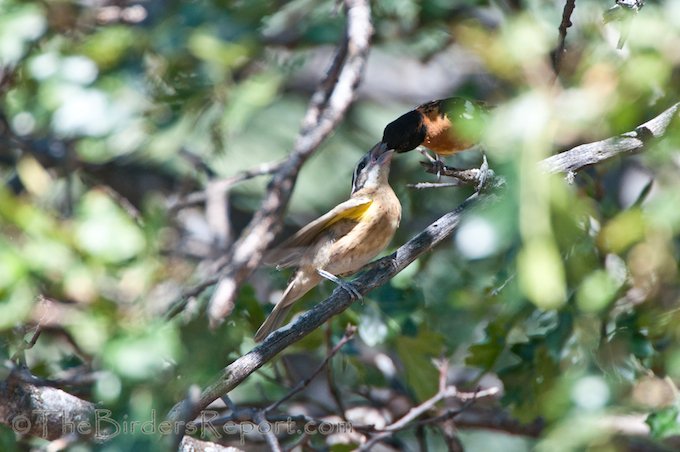
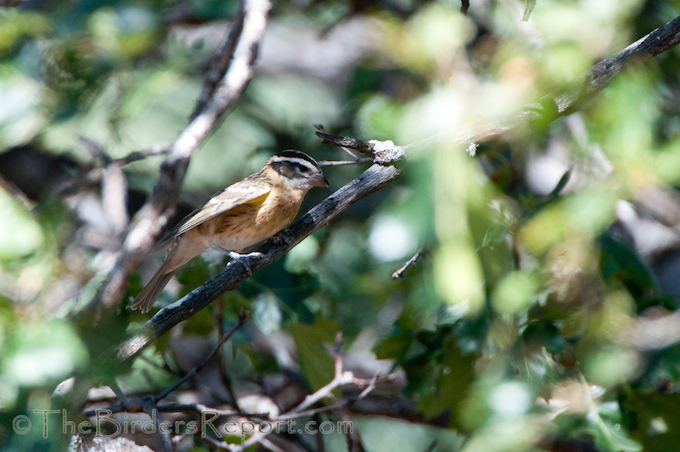
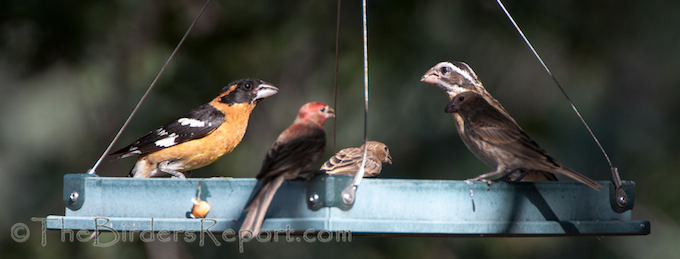
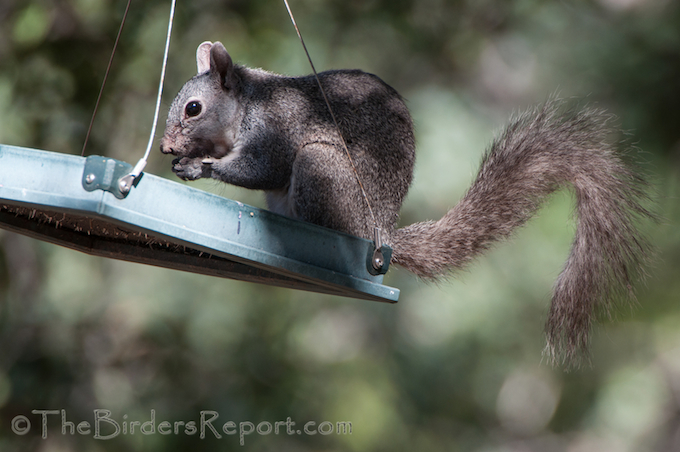
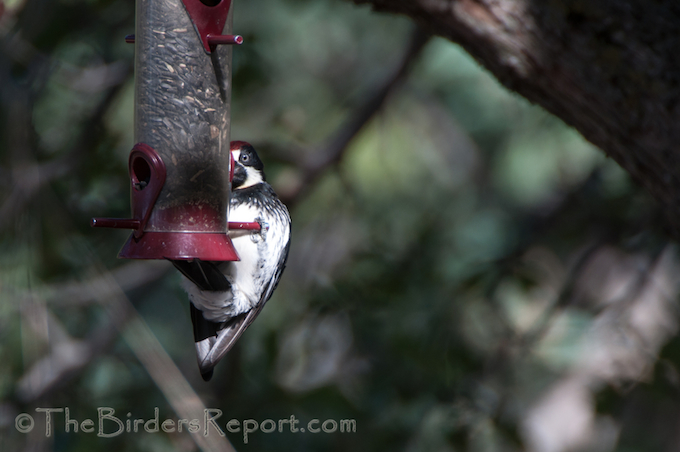
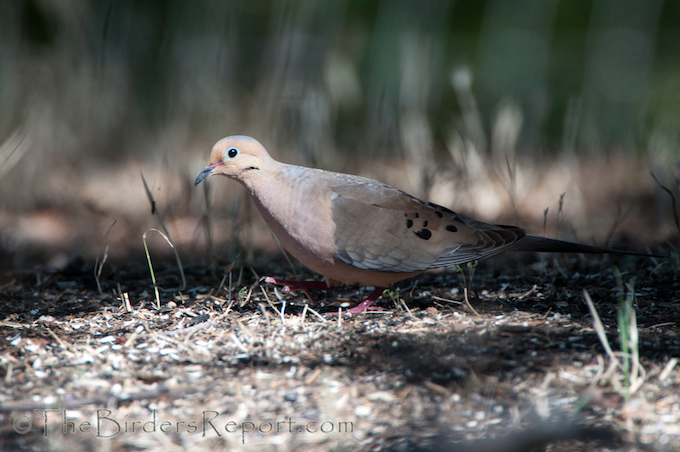
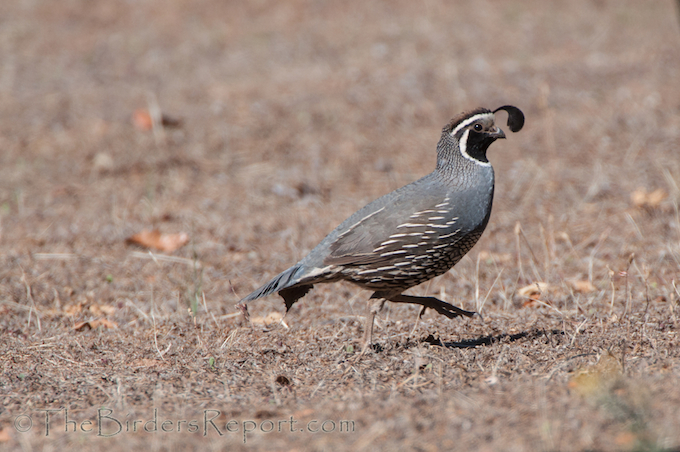
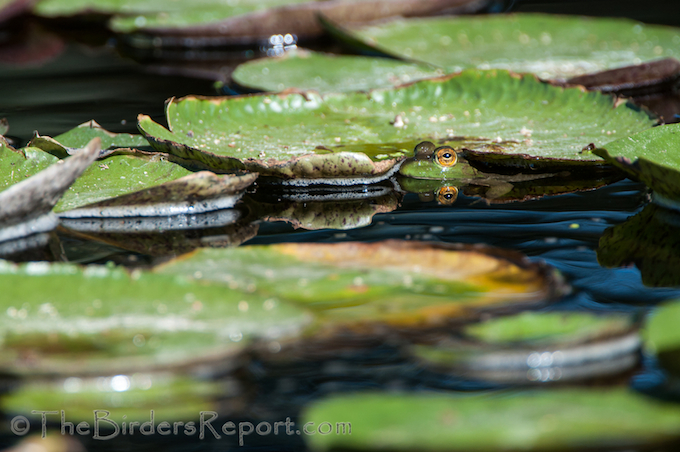
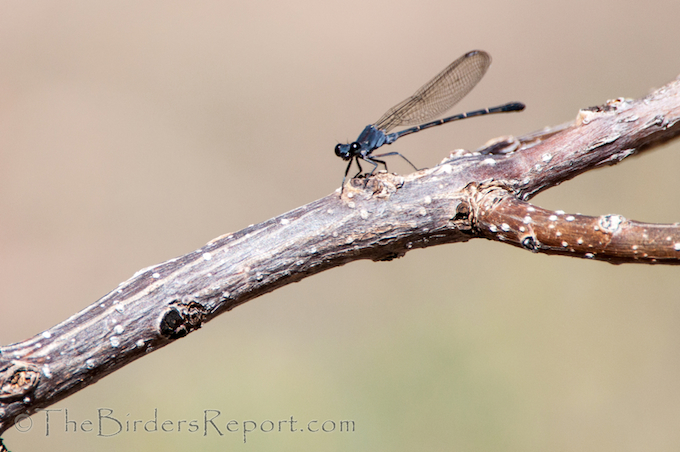
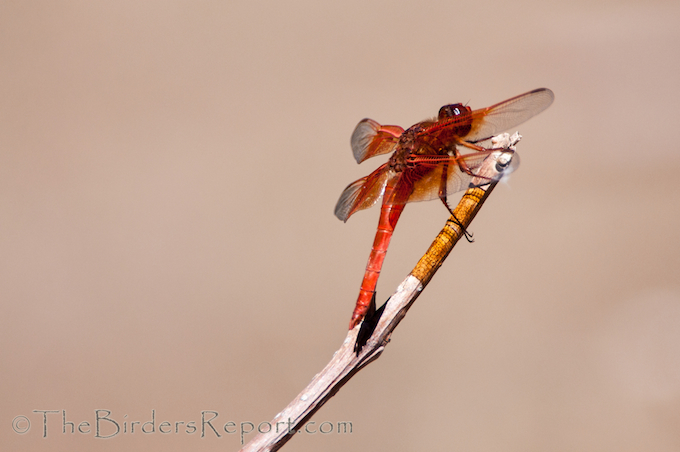
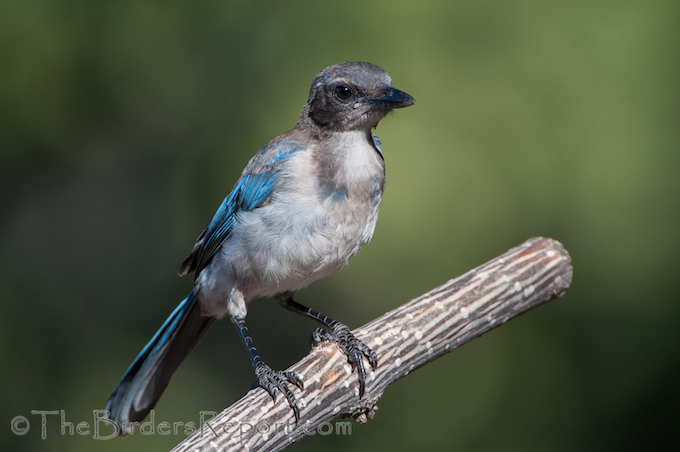
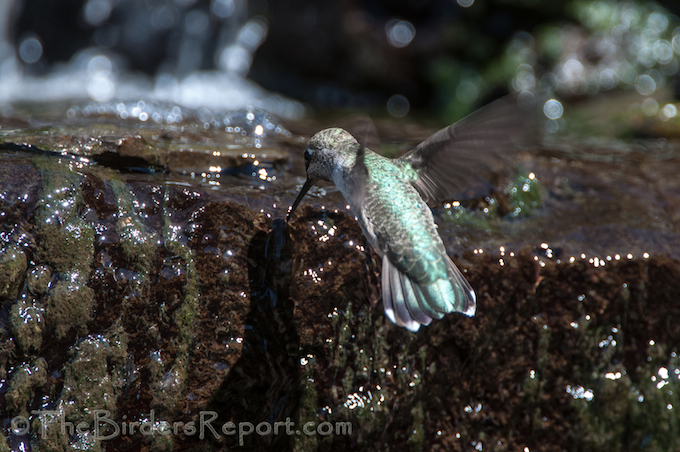
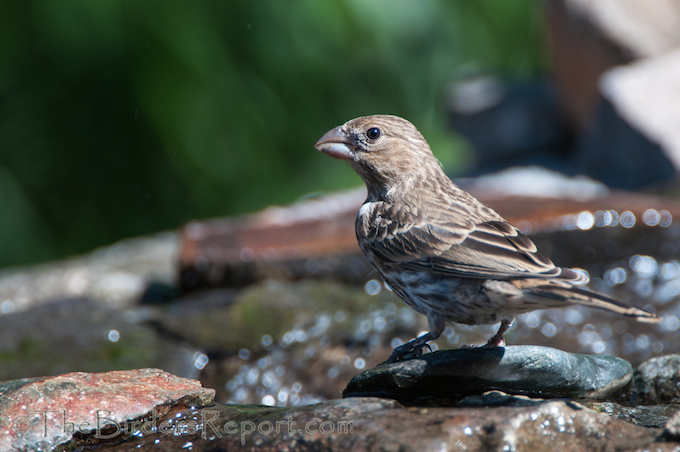
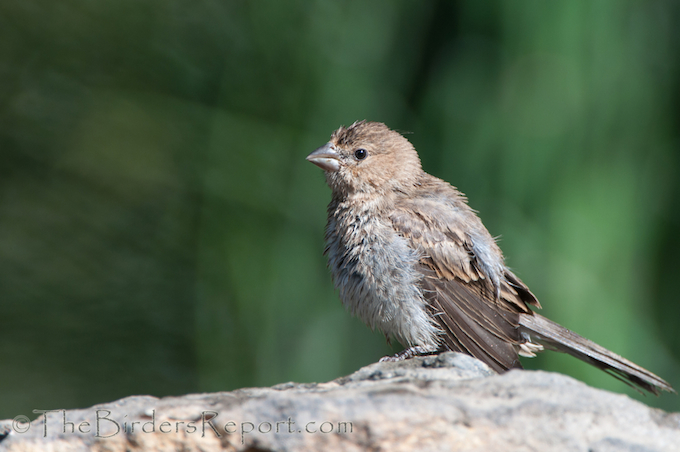
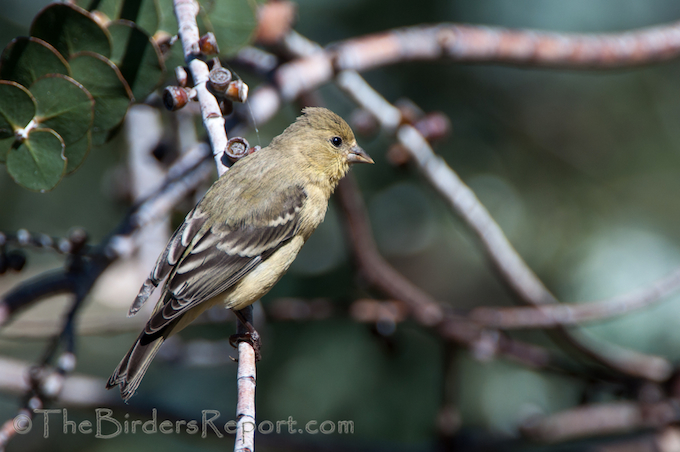
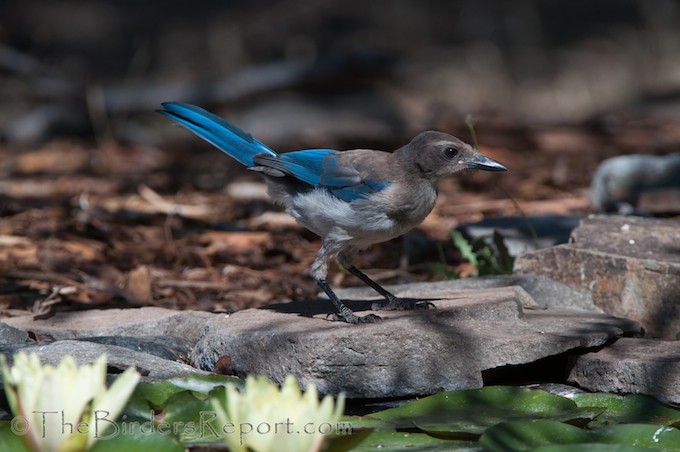



Social Media Connect